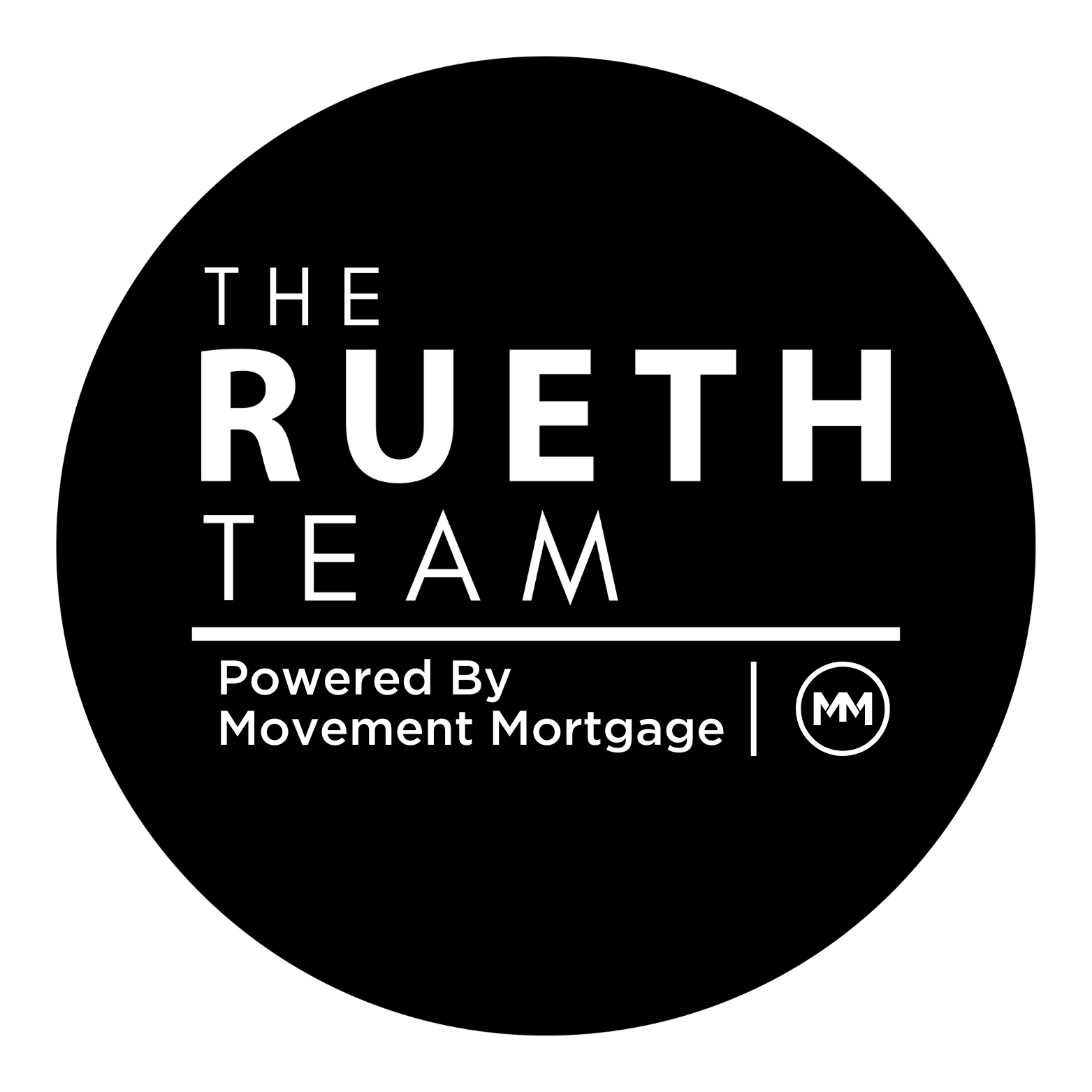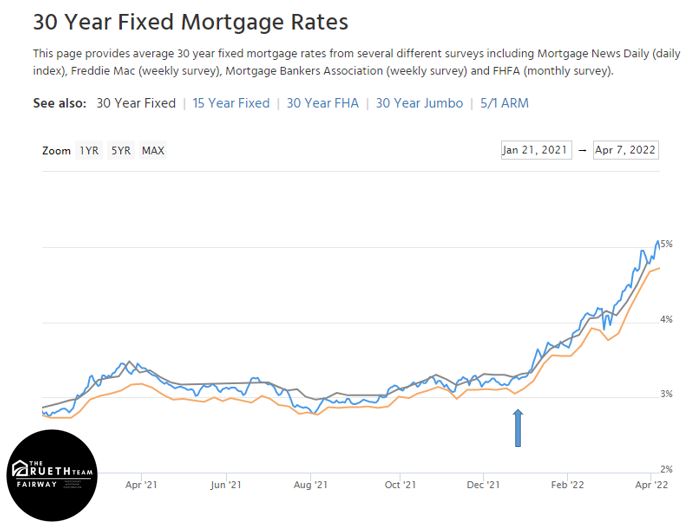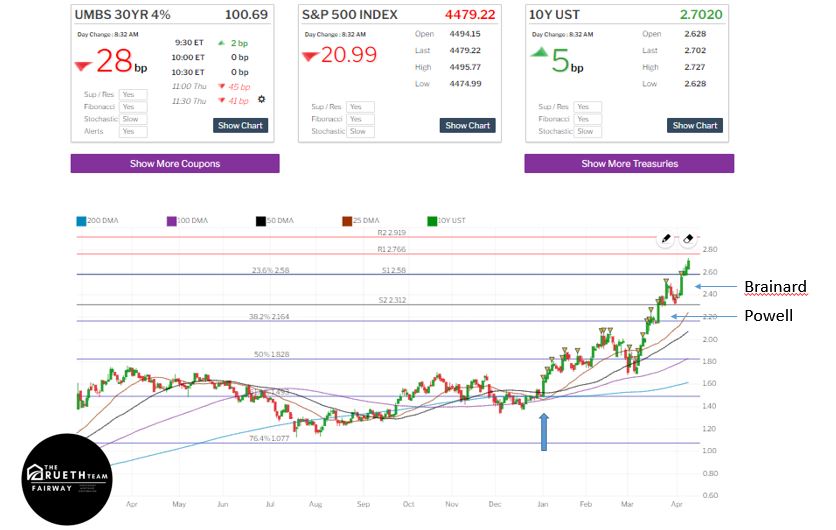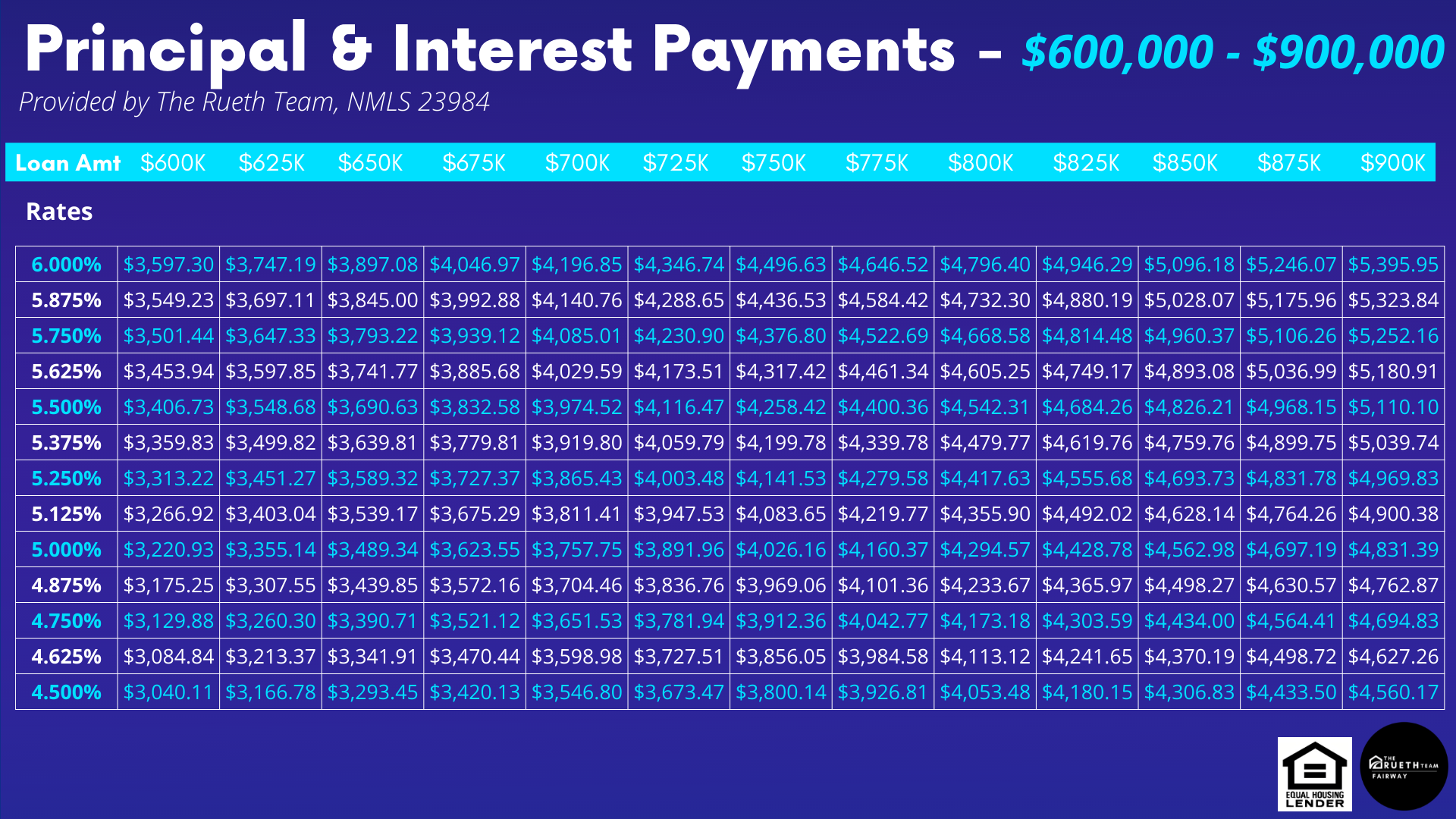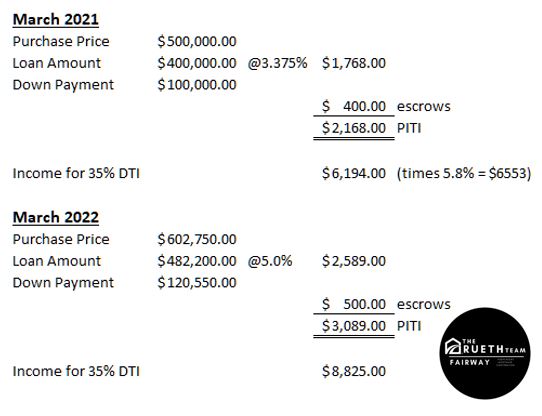Rates Dropped Before the Fed EXPLAINED If you're thinking about buying a home, you've probably…
Why Did Interest Rates Increase?
[et_pb_section fb_built=”1″ _builder_version=”4.16″ custom_margin=”-1140px|||||” custom_padding=”0px|||||” da_disable_devices=”off|off|off” global_colors_info=”{}” da_is_popup=”off” da_exit_intent=”off” da_has_close=”on” da_alt_close=”off” da_dark_close=”off” da_not_modal=”on” da_is_singular=”off” da_with_loader=”off” da_has_shadow=”on”][et_pb_row _builder_version=”4.16″ background_size=”initial” background_position=”top_left” background_repeat=”repeat” global_colors_info=”{}”][et_pb_column type=”4_4″ _builder_version=”4.16″ custom_padding=”|||” global_colors_info=”{}” custom_padding__hover=”|||”][et_pb_text _builder_version=”4.17.0″ background_size=”initial” background_position=”top_left” background_repeat=”repeat” hover_enabled=”0″ global_colors_info=”{}” sticky_enabled=”0″]
Rates have been on the rise since January. In fact, they moved from just over 3% to just under 5% in 3 months. Not only is that not okay.. it’s scaring some buyers from jumping in and securing their financial stability. And it’s not over .. not yet anyway. Here’s how we got here… Fed Chair Powell has been thinking about and talking about raising the Fed Rate for over a year, all while watching inflation creep up. Thinking, then saying it was “transitory”. Last Fall, it became more real, this inflation wasn’t just going to wash away. In October the Fed announced at November’s Fed Meeting they would officially announce the start of quantitative easing to begin in December and end in May. At November’s meeting they sensed more urgency and did start QE, but not in December, they started immediately. Then in December, the Fed decided 6 months was too long and accelerated the timeline to finish in March. This appearance of fear and being behind in their monetary policy action caused a ripple affect in the rates, which started the ascent in January.
|
Once done with QE, their goal was to start raising the Fed Rate, which they did in March. Raising the short term Fed Rate, has a lowering affect on long term rates… why? Because inflation steals the spending power of long term income (which bonds are a long term income investment). While it raises HELOCs, bank rates, consumer debt rates, car loans, and short term mortgage ARMs; raising the Fed Rate calms economic stimulus, slowing the economy, lowering inflation and giving long term rates back their spending power therefore reducing the 10-year treasury and 30 year mortgage rates. But sticking to a plan seems to be too hard for the Fed members. On March 21st, Fed Members Bullard and Mester came out saying they supported a 50 bp increase instead of the planned 25 bps, the markets did not love the swift action and change of urgency. Fed Chair Powell did not come out and smooth anyone’s fears. Rates went up again! Now it’s time to start talking about quantitative tightening (QT). Fed member Brainard kicked up the conversation earlier this week, startling the market by saying we need a swift runoff of the balance sheet. Yikes, rates went up again!! Why? It’s that ole’ supply and demand equation again. This time in reverse. The Fed is going to allow mortgage backed securities to run off without repurchasing. I.e. when a homeowner pays off their mortgage, refinances, or sells, the Fed is not going to replace that debt. Given rates are higher and less people will refinance or sell, the Fed is also going to have to start selling in order to lower their balance sheet. That means more supply for the market’s demand. Prices will again go down, rates go up. Quantitative tightening hasn’t even started yet, and the Fed’s are rushing it. Rates are not done going up. |
The Impact of Rates on Payment
So if rates are not done going up… does waiting seem like a good idea? NO!!!!!!! What rooftop can I scream that from. Just 4 weeks ago, for our March 11th Market Update, I put together three Principle and Interest charts to show as rates were climbing from 3% to 4.5% the impact it had on your buyers budget. The three charts were for $300k-$600k; $600k-$900k; and $900k-$1.2M loan amounts. Today, those are irrelevant as rates are hitting 5%, so I had to redo them for 4.5% to 6%. I have these uploaded to our Agent Ignite FB Group for you to download and use when sitting down with buyers.
It’s Not Just the Payment
The struggle is real. With interest rates and purchase prices going up; not only is the payment increasing, but so is the down payment. Savings is slowing down as the cost of everything is higher and wage increases of 5.8% in Denver are not enough.
I walked through the example below on Friday’s Market Update, using the DMAR 11 county Median Closed Price in March of 2022 and 2021. That same home today would require $20,550 more for a down payment and $921 more a month in mortgage payment. Given the income required to qualify for that home in 2021 at a 35% debt to income ratio, even with a 5.8% raise, that buyer is struggling. Their income went up to $6553; but at a 35% DTI, they now need $8,825 to qualify.
Bottom Line
Rising rates are not done yet. Prices will not drop. So, speed is everything. This weekend is the weekend to get your buyers looking with eyes wide open and both feet in. Let them know that when and if a recession comes, not only will rates drop which gives them a refinance opportunity, but will also add more fuel to a strong buyer demand pushing prices up higher. Put your clients on this side of that shift. Because when those prices push higher and their appreciation increases, YOU will be their most trusted advisor 😉
